
The Creative Process (I): Incubation
Welcome to the first part of this exploration of The Creative Process!
I’m so excited to be diving into this topic. I love thinking about it and now, by putting it into words, I’ll also be bringing clarity and understanding to my own process, which can only help in the long term. I hope you’ll accept the invitation to reflect with me on this topic, and that you’ll also let me know in the comments how you feel about it!
Let’s begin:
Inception and Incubation
As I see it, the creative process involves firstly the inception and incubation. Let’s look at nature: plant seeds first germinate before visibly coming into existence. Insects develop inside the eggs before they hatch. Animal off-springs are grown within the parent after the partners have mated. The same applies to us, human beings, who have first been conceived and grown inside the womb before we were born into this world.
We can also correlate this beginning of the creative process to Art, as I wrote in my essay Art: The Substance:
For it is in the realm of his conscious and subconscious mind, in the depths of his heart, that his True Art is first conceived, and then brought into being.
Much like the invisible workings of a human being growing skin and tissue and blood and organs inside the mother’s womb, after the cells of the mother and the father met in perfect conditions. So is the Substance that makes the Art forged out of the Artist’s thoughts, feelings, memories and dreams, after the initial urge to create.
When It Comes to Art
More specifically, when it comes to Art, inception involves thoughts and visions about what to bring forth into existence. A flash of inspiration appearing into the Artist’s spirit and psyche, be it visual, auditory, tactile or involving all the senses.
The idea then develops within, until the Artist is ready to pick up his instruments and birth his Creation. More about this in the next article, where we delve into the second part of the creative process: Birthing.
Speaking from my own experience, my paintings always come to me as a vision first. They appear to me, and I see infinite possibilities before picking up my brushes and capturing an instance of the vision. The colors, shapes, perspectives keep moving until I finally decide how they want to come forth. While my writings bubble up inside, like bubbles of air reaching up to the surface of the sea, until I’m ready to put them onto the paper.
Let’s Take An Example
There are many ways in which the inception and incubation of the creative process unfolds. And they depend on the artist and his uniqueness. To give an example, I’ll quote J.K. Rowling, the author of the widely known and loved books Harry Potter, who describes this initial unfolding in her interview with Oprah:
“And then I was on a train, I was twenty-five, and it came. And what came was ‘boy who doesn’t know he’s a wizard goes to wizarding school’. Bang. Bang. Bang. And then that was it. And that was like touch paper. And I was on this delayed train going from Manchester to London and my head was just flooding with what’s at this wizard’s school. There were four houses, there were ghosts, there were house ghosts. What do they teach? What subjects do they learn? Who are the teachers? And I had no pen.
But that was it. That was it. And I don’t think I had ever felt so excited. I thought ‘I’d love to write that’. I’d never thought about writing for children. I’d never thought about aiming anything at that age group and yet it was the thing I was meant to write, you know? Because I’d always been fascinated by folklore. I love a kooky word.”
And that was it.
Conclusion
This being said, I hope you’ve enjoyed my insights on the inception and incubation involved in the beginning phases of The Creative Process! I’m looking forward to hearing from you about your own unique creative process. I’m so curious to hear how it works for you!
With Love,

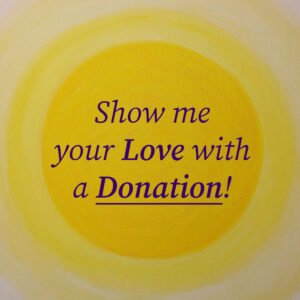
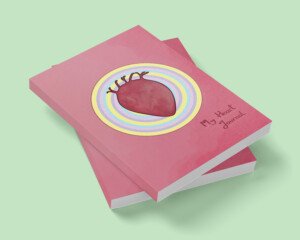
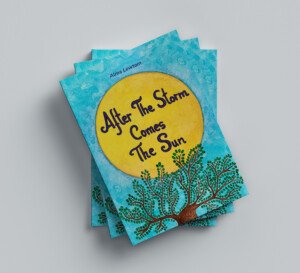
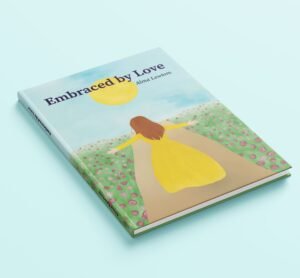
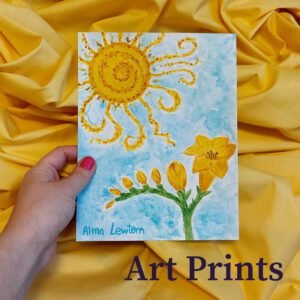

Comments
No Comments